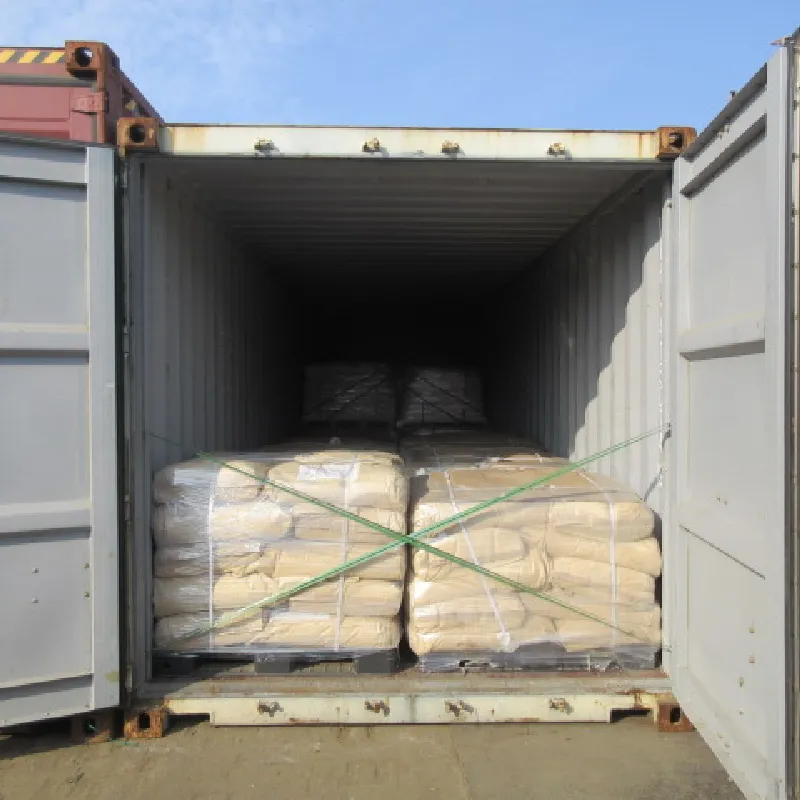
The Role of Ammonium Bicarbonate in Enhancing Biscuit Texture and Flavor
The Role of Ammonium Bicarbonate in Biscuit Production
Ammonium bicarbonate, commonly known as ammonium hydrogen carbonate, is a versatile chemical compound that finds its applications in various fields, including food production. One of its notable uses is in the baking industry, particularly in the production of biscuits. This article explores the properties, functions, and benefits of ammonium bicarbonate in biscuit-making and its effectiveness as a leavening agent compared to other options.
What is Ammonium Bicarbonate?
Ammonium bicarbonate is a white crystalline powder that serves multiple purposes in food processing. Chemically, it consists of ammonium ions (NH4+) and bicarbonate ions (HCO3-). Upon exposure to heat, it decomposes into ammonia, carbon dioxide, and water. This reaction not only contributes to the leavening of baked goods but also enhances the moisture retention and texture of the final product.
The Function of Ammonium Bicarbonate in Biscuits
In biscuit production, the primary role of ammonium bicarbonate is to act as a leavening agent. Leavening agents are substances that produce gas and cause dough to rise, resulting in a light and airy texture. When ammonium bicarbonate is heated during baking, it releases carbon dioxide gas. This gas creates bubbles in the dough, leading to the desired lift and fluffiness of the biscuits.
One of the key advantages of using ammonium bicarbonate is its ability to produce a crisp texture in baked goods. This property is particularly beneficial for certain types of biscuits, such as those that are intended to be dry and crunchy. Furthermore, ammonium bicarbonate contributes to the overall flavor profile of biscuits, as the ammonia produced during the decomposition can react with other ingredients, enhancing the final taste.
Benefits Over Other Leavening Agents
ammonium bicarbonate in biscuits

Ammonium bicarbonate offers several benefits when compared to traditional leavening agents such as baking powder and baking soda. For starters, it has a relatively low pH, which minimizes the risk of affecting the color and flavor of the biscuits. This is especially important for delicate cookies where a neutral or positive flavor is desirable.
Moreover, ammonium bicarbonate is often preferred in recipes where a quick bake is required. It acts rapidly, producing carbon dioxide almost immediately upon heating, which is ideal for thin doughs that bake quickly. This property allows bakers to achieve a desired level of rise and texture without lengthy baking times.
Other leavening agents, such as baking powder, generally contain acids that may produce a more pronounced flavor or leave a residual taste if not balanced correctly in the recipe. In contrast, ammonium bicarbonate tends to have a less intrusive flavor, making it an excellent choice for flavor-sensitive baked goods.
Safety and Regulatory Aspects
In terms of food safety, ammonium bicarbonate is recognized as safe for consumption and is approved by various food safety authorities worldwide. It is considered a natural leavening agent and does not pose health risks when used within recommended limits in baking. However, it is crucial for bakers to be aware of the quantities used, as excessive amounts may impart an undesirable flavor or texture.
Conclusion
Ammonium bicarbonate plays a critical role in biscuit production, serving as an effective leavening agent that enhances the texture, flavor, and overall quality of the final product. Its unique properties make it an attractive option for bakers seeking to create light, crispy, and flavorful biscuits. As the baking industry continues to evolve, the use of ammonium bicarbonate highlights the importance of understanding ingredient functionality and optimizing recipes for both performance and taste. Ultimately, incorporating this compound into biscuit-making processes demonstrates how chemistry can enhance culinary creations, transforming simple ingredients into delightful treats.
-
PE and PP Plastics with Benzotriazole AdditivesNewsJun.12,2025
-
How Glacial Acetic Acid Balances pH to Combat Food SpoilageNewsJun.12,2025
-
Food Additives in China: Embracing the GreenNewsJun.12,2025
-
Cyanide Mining Gold Extraction and the Rise of Complementary ChemicalsNewsJun.12,2025
-
Ammonium Nitrate in Pharmaceutical ManufacturingNewsJun.12,2025
-
Aluminum Hydroxide in Glass and Ceramics ManufacturingNewsJun.12,2025
-
Mining Chemicals: Cyanide in Gold MiningNewsJun.04,2025
Hebei Tenger Chemical Technology Co., Ltd. focuses on the chemical industry and is committed to the export service of chemical raw materials.
-

view more DiethanolisopropanolamineIn the ever-growing field of chemical solutions, diethanolisopropanolamine (DEIPA) stands out as a versatile and important compound. Due to its unique chemical structure and properties, DEIPA is of interest to various industries including construction, personal care, and agriculture. -

view more TriisopropanolamineTriisopropanolamine (TIPA) alkanol amine substance, is a kind of alcohol amine compound with amino and alcohol hydroxyl, and because of its molecules contains both amino and hydroxyl. -

view more Tetramethyl Thiuram DisulfideTetramethyl thiuram disulfide, also known as TMTD, is a white to light-yellow powder with a distinct sulfur-like odor. It is soluble in organic solvents such as benzene, acetone, and ethyl acetate, making it highly versatile for use in different formulations. TMTD is known for its excellent vulcanization acceleration properties, which makes it a key ingredient in the production of rubber products. Additionally, it acts as an effective fungicide and bactericide, making it valuable in agricultural applications. Its high purity and stability ensure consistent performance, making it a preferred choice for manufacturers across various industries.











